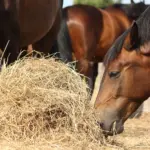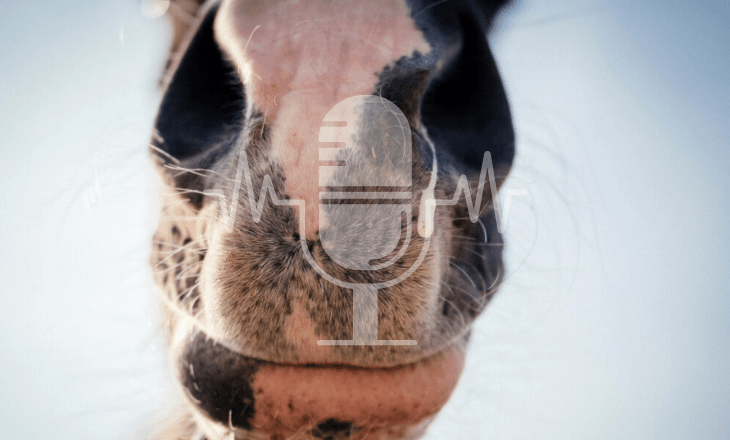Individual feeding via microchip – opportunities and limitations for group housing (open barns) and stables
Key Points at a Glance
- Automated concentrate feeders allow individually tailored rations for each horse.
- In group housing (open barns), access is typically controlled via a microchip or transponder.
- In stables feeders are often run on timers or controlled via microchip.
- Benefits: reduces staff workload; precise ration formulation; steadier intake over the day.
- Drawbacks: upfront cost, ongoing maintenance, potential technical faults.
- Best suited to yards with varied feeding needs across the herd.
Traditional hand feeding is time-consuming and prone to error. In group housing, separating horses for individual top-ups is logistically and economically difficult on many yards. Modern automated concentrate feeders offer a practical solution: they dispense precise, individually tailored rations, usually as several small meals across the day. This better reflects horses’ natural feeding and digestive behaviour and eases the workload on yard staff.
Microchip-controlled automated concentrate feeders in group housing (open barns)
In group housing (open barns), the herd lives together, which makes individual concentrate feeding a challenge. Feeders for these systems are single-horse feed stations that only allow one horse to enter at a time. Microchip or transponder systems—mounted on a headcollar, worn as a leg band around the cannon bone, or even implanted—identify each horse and dispense only the pre-set ration. If the horse has no (remaining) allowance, the trough stays empty and, after a while, the horse leaves the station and goes back to eating hay.
Each horse receives the correct ration—whether that’s a mineral balancer or cereals—with the composition and amount tailored to the settings specified by the owner or yard manager. Chip recognition removes the ‘human error’ factor, so one horse doesn’t end up with another’s feed simply because they’re both bay warmbloods with no markings and the new member of staff can’t tell them apart.Horses lower in the pecking order can eat in peace without being pushed off. Many small meals spaced throughout the day also encourage movement between the hay feeder and the feed station, and help the horse make better use of its hard feed.
Advantages
- Precise ration control, even with very different needs within the group.
- Stress-free feeding: horses can eat calmly without competition.
- Healthier intake thanks to smaller portions spread across the day.
- Reduced workload for the yard operator/staff.
Disadvantages
- High upfront costs for the equipment and installation.
- Reliance on technology — faults or power cuts can interrupt feeding.
- Lost or faulty chips/transponders require prompt replacement and reprogramming.
- Training required: horses must accept the station and learn how to use it.
Automated concentrate feeders for stabled horses
Automated concentrate feeders can also be an alternative to the classic bucket or filling the feed trough in individual boxes. They’re often timer-controlled, though microchip-controlled versions exist too—for example, if two horses share a double box. In both cases, they dispense a set amount at set times. Particularly on competition yards, where rations are often heavy in concentrates, these systems can improve digestibility and place less strain on the stomach. They help smooth out blood-sugar spikes, and horses that spend much of the day stabled get small, regular changes to break up an otherwise monotonous routine.
Advantages
- Regular small portions instead of large meals.
- Reduced labour time for feeding.
- Precise dosing to individual needs.
- Integration into feeding management (e.g. via app or software).
Disadvantages
- High investment cost per box.
- Technology-heavy: requires maintenance and a reliable power supply.
- Noise may disturb sensitive horses.
- Not always necessary: unnecessary where the diet is forage-only
Who benefits from automated concentrate feeders?
Automated concentrate feeders are especially useful on yards with a very mixed horse population—say competition horses, veterans and good-doer ponies on the same premises—where some need substantial supplementary feed and others none at all. In group housing (open barns), they avoid the need to separate horses for top-ups into small pens, tie-up areas or individual feeding places. In stabled yards, the main gains are labour savings and a more even intake of small meals across the day. Ultimately, the decision depends on the yard’s set-up, the number of horses and the available budget.
- Automated hay feeding in the stable - 22. October 2025
- Automatic hard-feed dispensers in equine management - 22. October 2025
- Podcast #8 – When the Cold Wave Hits Your Barn: How to Help Horses with Colds and Respiratory Infections - 9. October 2025










